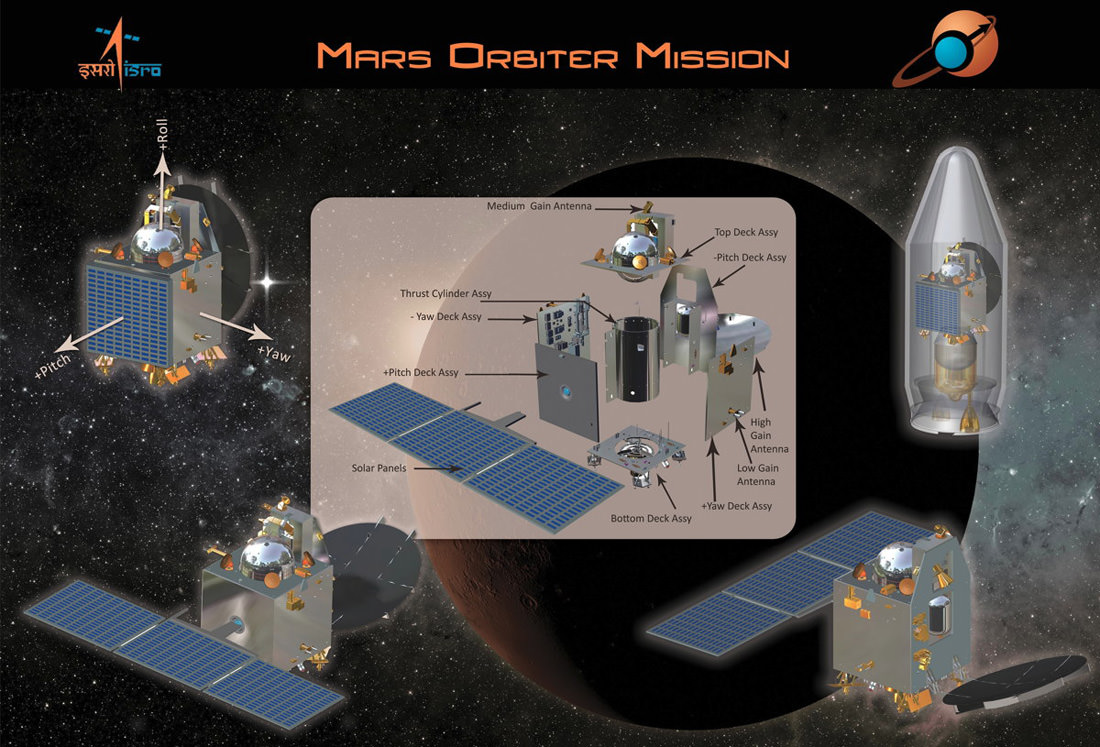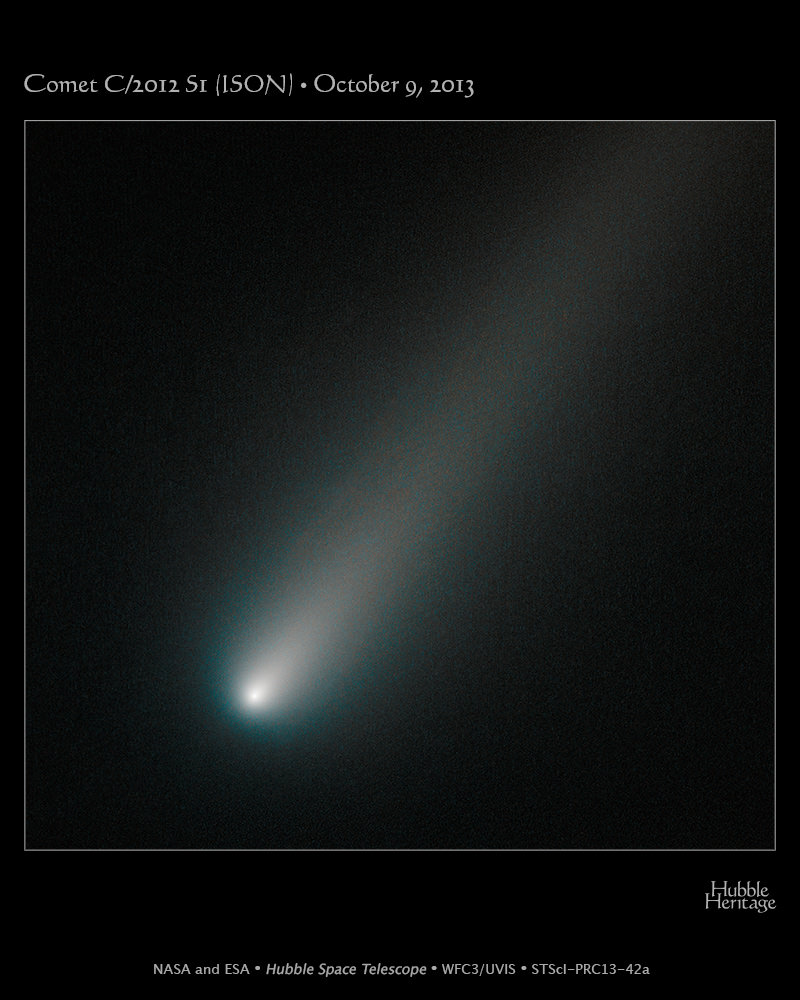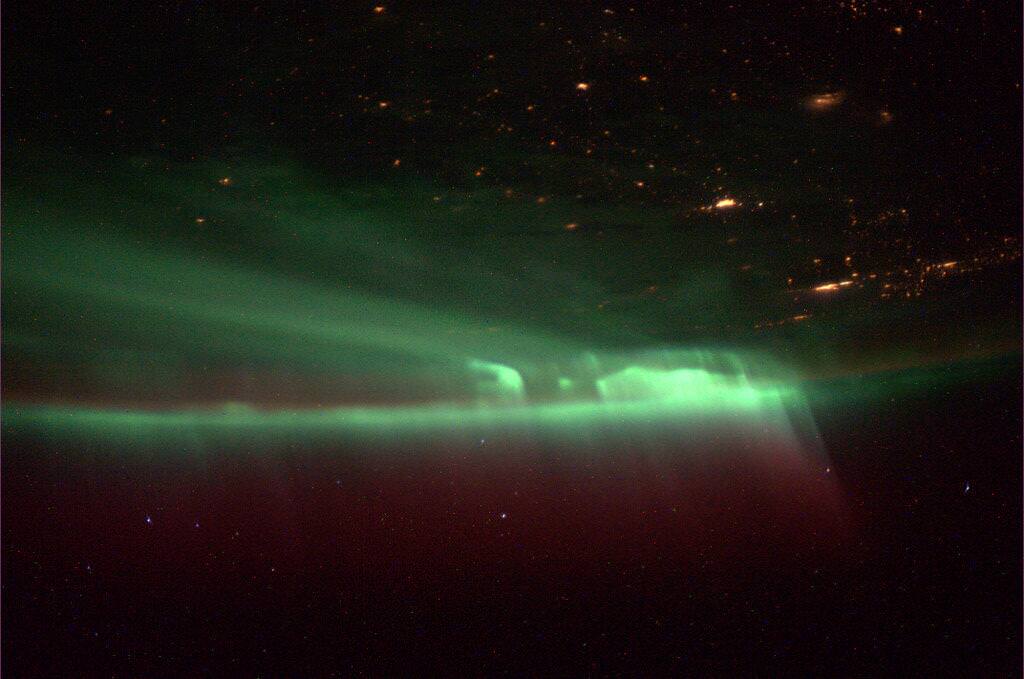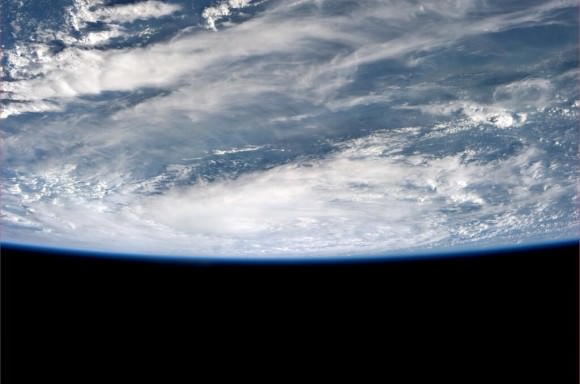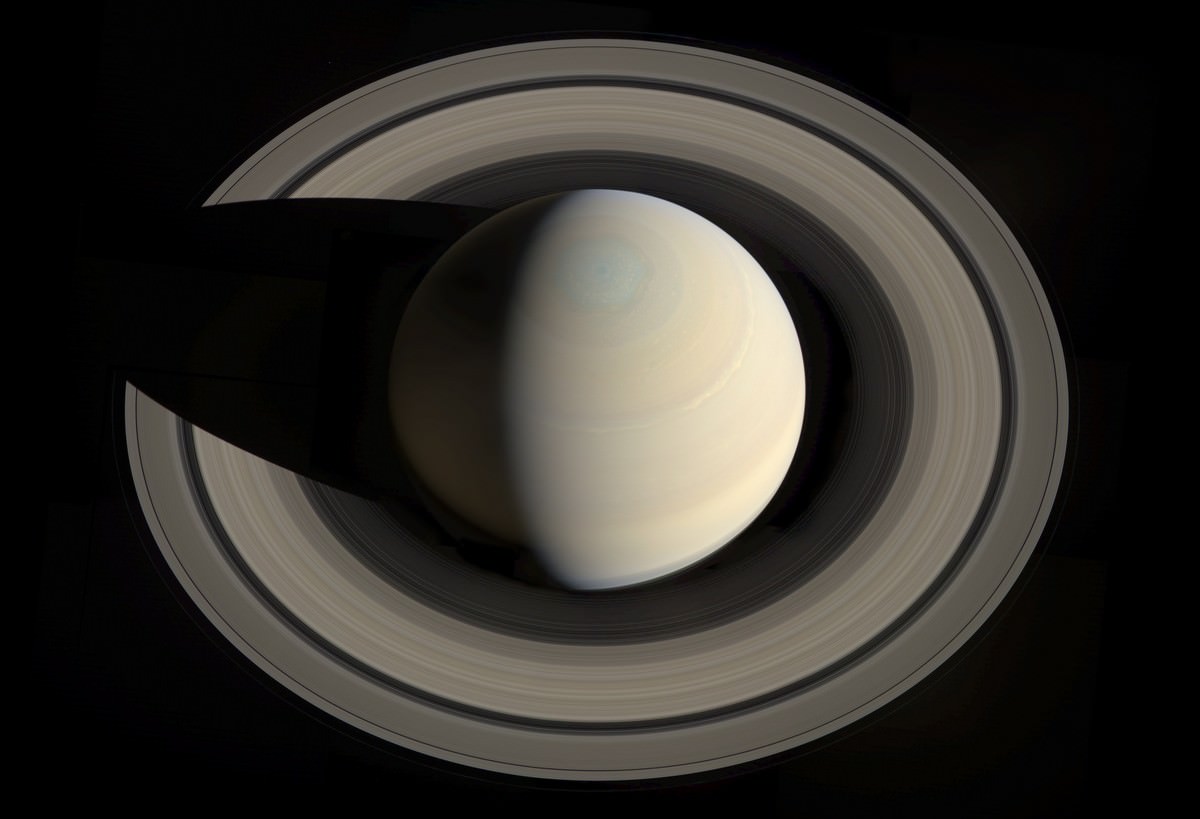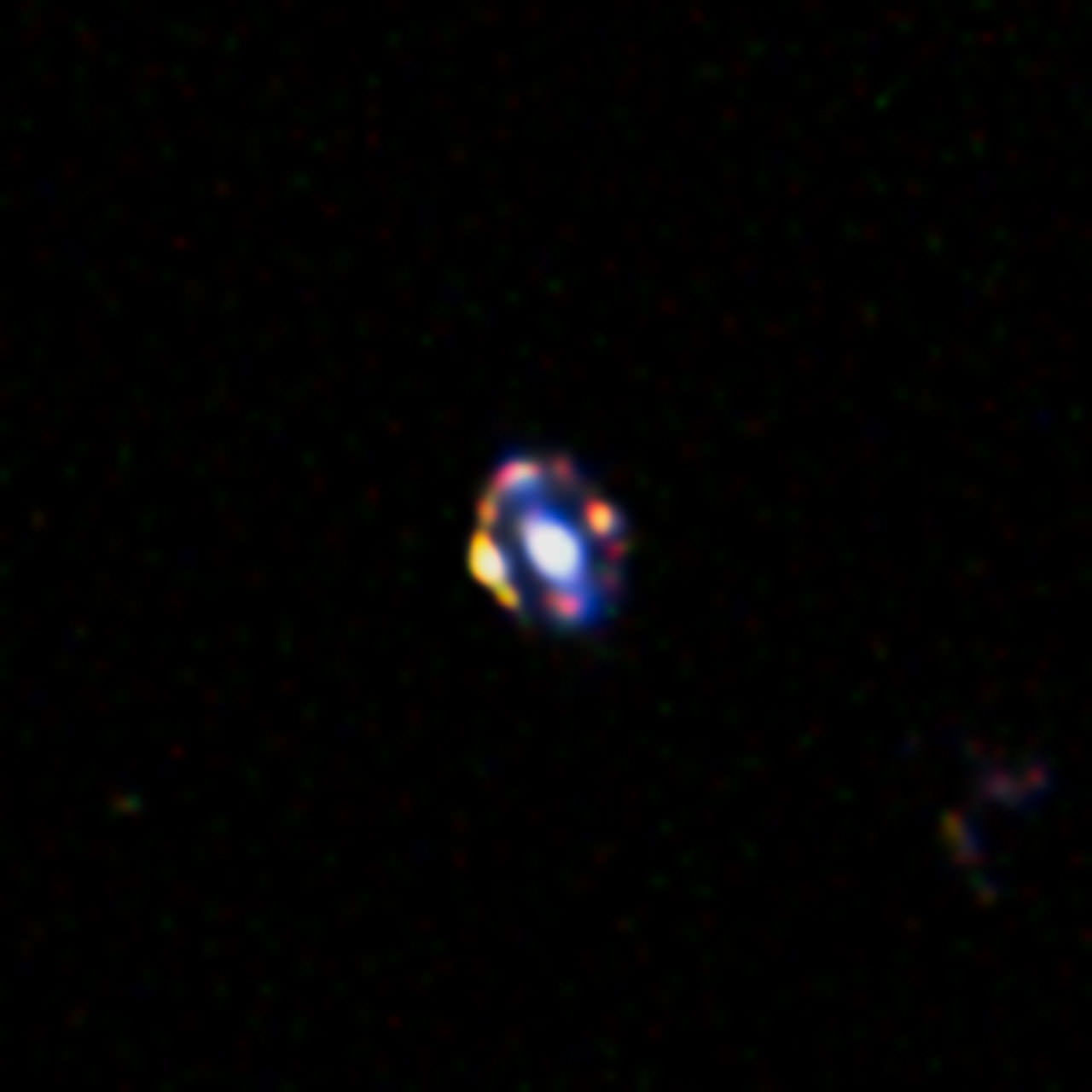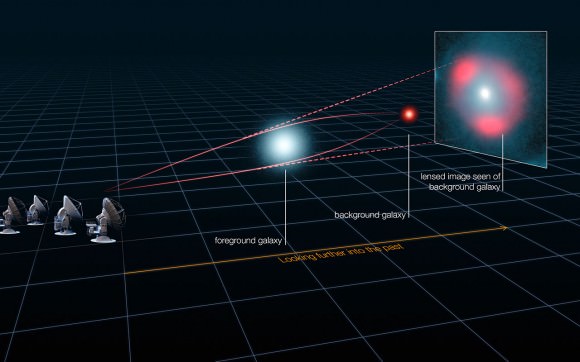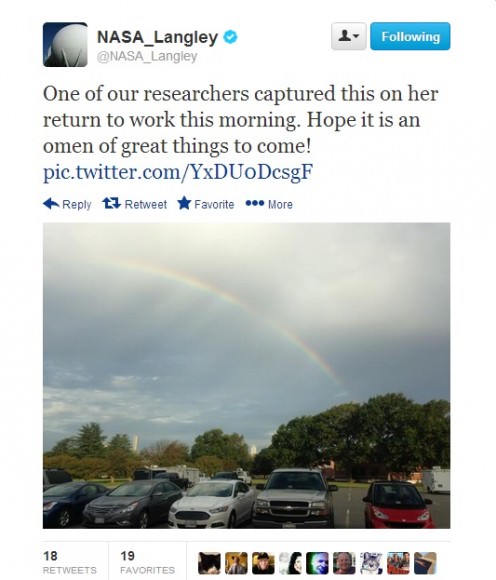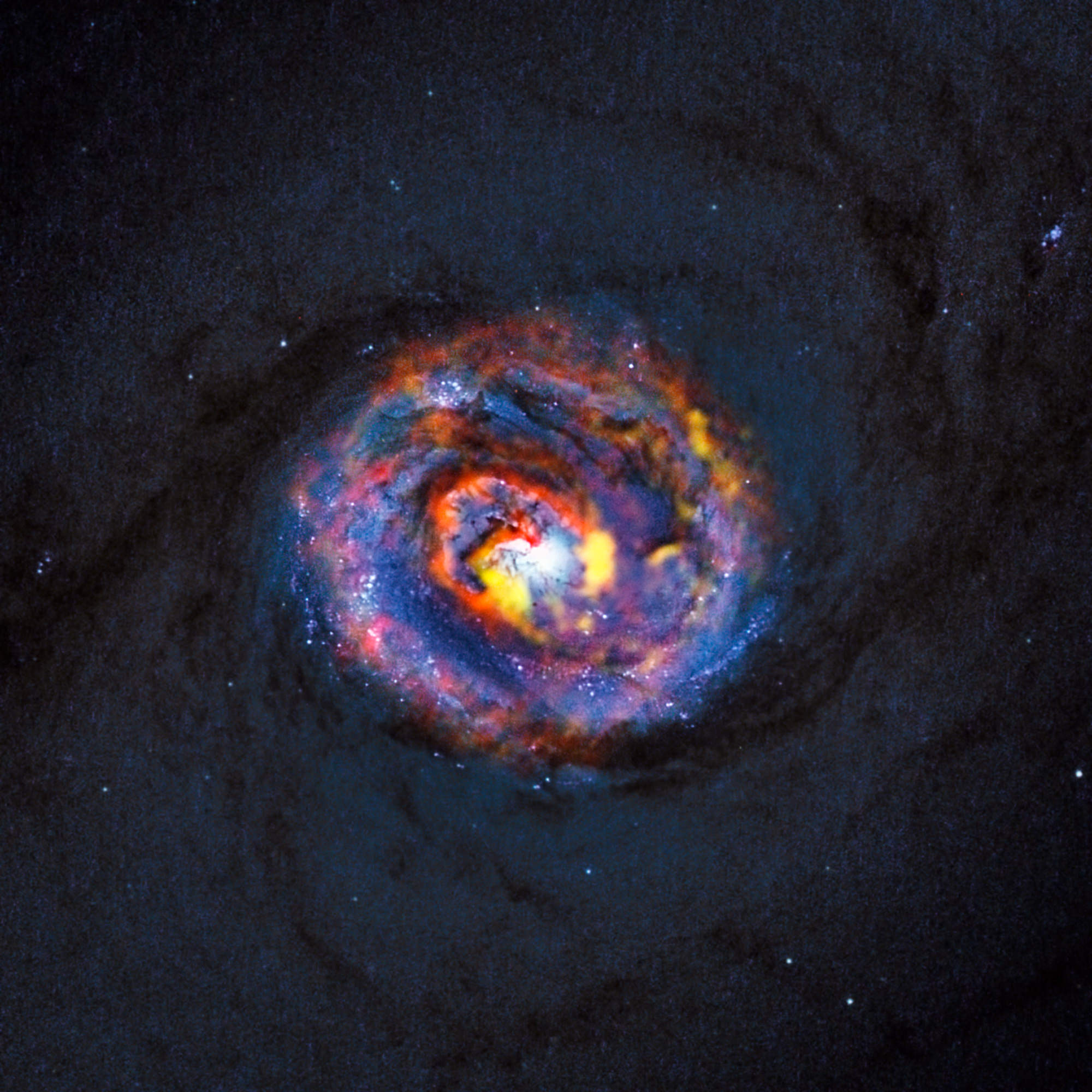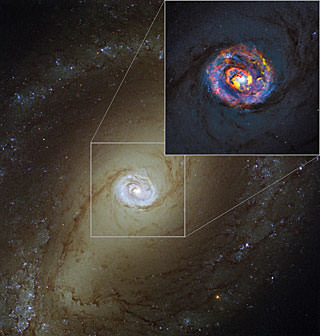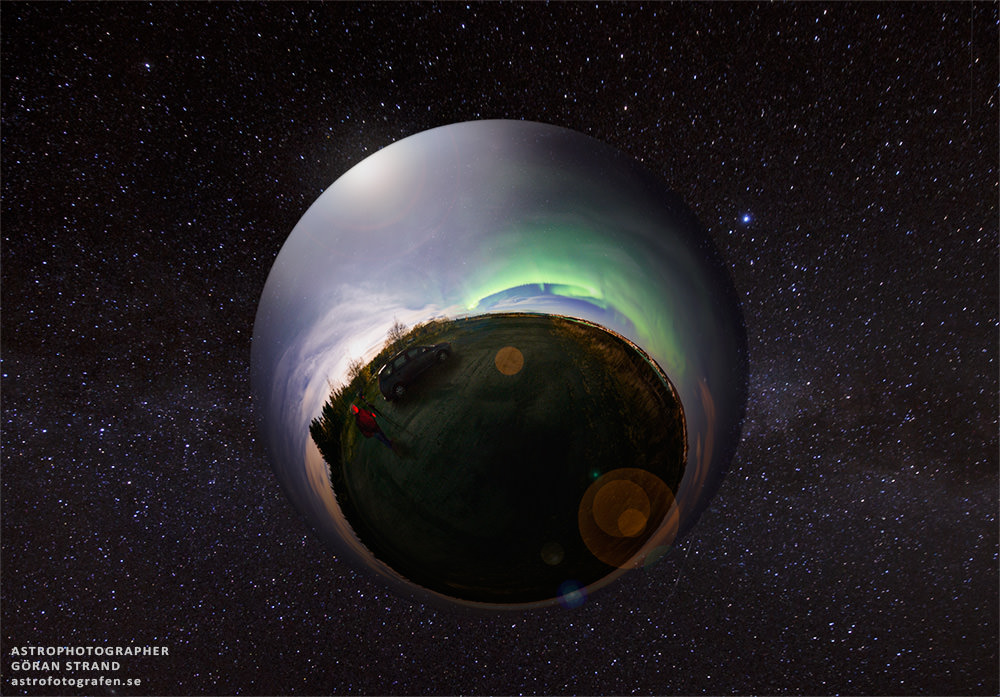India is gearing up for its first ever space undertaking to the Red Planet – dubbed the Mars Orbiter Mission, or MOM – which is the brainchild of the Indian Space Research Organization, or ISRO.
Among other objectives, MOM will conduct a highly valuable search for potential signatures of Martian methane – which could stem from either living or non living sources. The historic Mars bound probe also serves as a forerunner to bolder robotic exploration goals.
If all goes well India would become only the 4th nation or entity from Earth to survey Mars up close with spacecraft, following the Soviet Union, the United States and the European Space Agency (ESA).
The 1,350 kilogram (2,980 pound) orbiter, also known as ‘Mangalyaan’, is slated to blast off as early as Oct. 28 atop India’s highly reliable Polar Satellite Launch Vehicle (PSLV) from a seaside launch pad in Srihanikota, India.
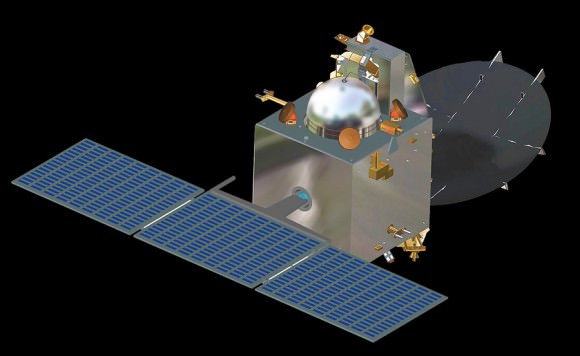
MOM is outfitted with an array of five science instruments including a multi color imager and a methane gas sniffer to study the Red Planet’s atmosphere, morphology, mineralogy and surface features. Methane on Earth originates from both biological and geological sources.
ISRO officials are also paying close attention to the local weather to ascertain if remnants from Tropical Cyclone Phaillin or another developing weather system in the South Pacific could impact liftoff plans.
The launch target date will be set following a readiness review on Friday, said ISRO Chairman K. Radhakrishnan according to Indian press reports.
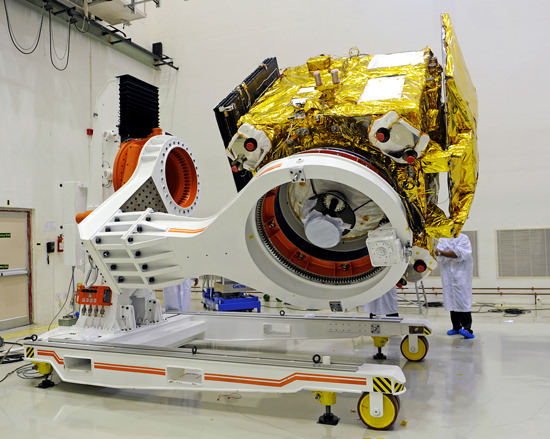
‘Mangalyaan’ is undergoing final prelaunch test and integration at ISRO’s Satish Dhawan Space Centre SHAR, Srihairkota on the east coast of Andhra Pradesh state following shipment from ISRO’s Bangalore assembly facility on Oct. 3.
ISRO has already assembled the more powerful XL extended version of the four stage PSLV launcher at Srihairkota.
MOM’s launch window extends about three weeks until Nov. 19 – which roughly coincides with the opening of the launch window for NASA’s next mission to Mars, the MAVEN orbiter.
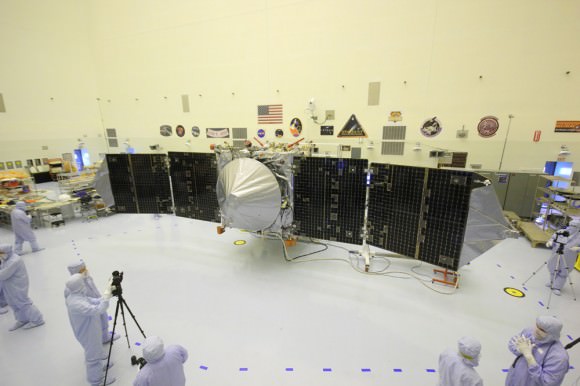
MAVEN’s on time blastoff from Florida on Nov. 18, had been threatened by the chaos caused by the partial US government shutdown that finally ended this morning (Oct. 17), until the mission was granted an ‘emergency exemption’ due to the critical role it will play in relaying data from NASA’s ongoing pair of surface rovers – Curiosity and Opportunity.
NASA is providing key communications and navigation support to ISRO and MOM through the agency’s trio of huge tracking antennas in the Deep Space Network (DSN).
As India’s initial mission to Mars, ISRO says that the mission’s objectives are both technological and scientific to demonstrate the nation’s capability to design an interplanetary mission and carry out fundamental Red Planet research with a suite of indigenously built instruments.
MOM’s science complement comprises includes the tri color Mars Color Camera to image the planet and its two moon, Phobos and Diemos; the Lyman Alpha Photometer to measure the abundance of hydrogen and deuterium and understand the planets water loss process; a Thermal Imaging Spectrometer to map surface composition and mineralogy, the MENCA mass spectrometer to analyze atmospheric composition, and the Methane Sensor for Mars to measure traces of potential atmospheric methane down to the ppm level.
It will be of extremely great interest to compare any methane detection measurements from MOM to those ongoing from NASA’s Curiosity rover – which found ground level methane to be essentially nonexistent – and Europe’s planned 2016 ExoMars Trace Gas Orbiter.
MOM’s design builds on spacecraft heritage from India’s Chandrayaan 1 lunar mission that investigated the Moon from 2008 to 2009.
The 44 meter (144 ft) PSLV will launch MOM into an initially elliptical Earth parking orbit of 248 km x 23,000 km. A series of six orbit raising burns will eventually dispatch MOM on a trajectory to Mars by late November, assuming an Oct. 28 liftoff.
Following a 300 day interplanetary cruise phase, the do or die orbital insertion engine will fire on September 14, 2014 and place MOM into an 377 km x 80,000 km elliptical orbit.
NASA’s MAVEN is also due to arrive in Mars orbit during September 2014.
The $69 Million ‘Mangalyaan’ mission is expected to continue gathering measurements at the Red Planet for at least six months and perhaps ten months or longer.

